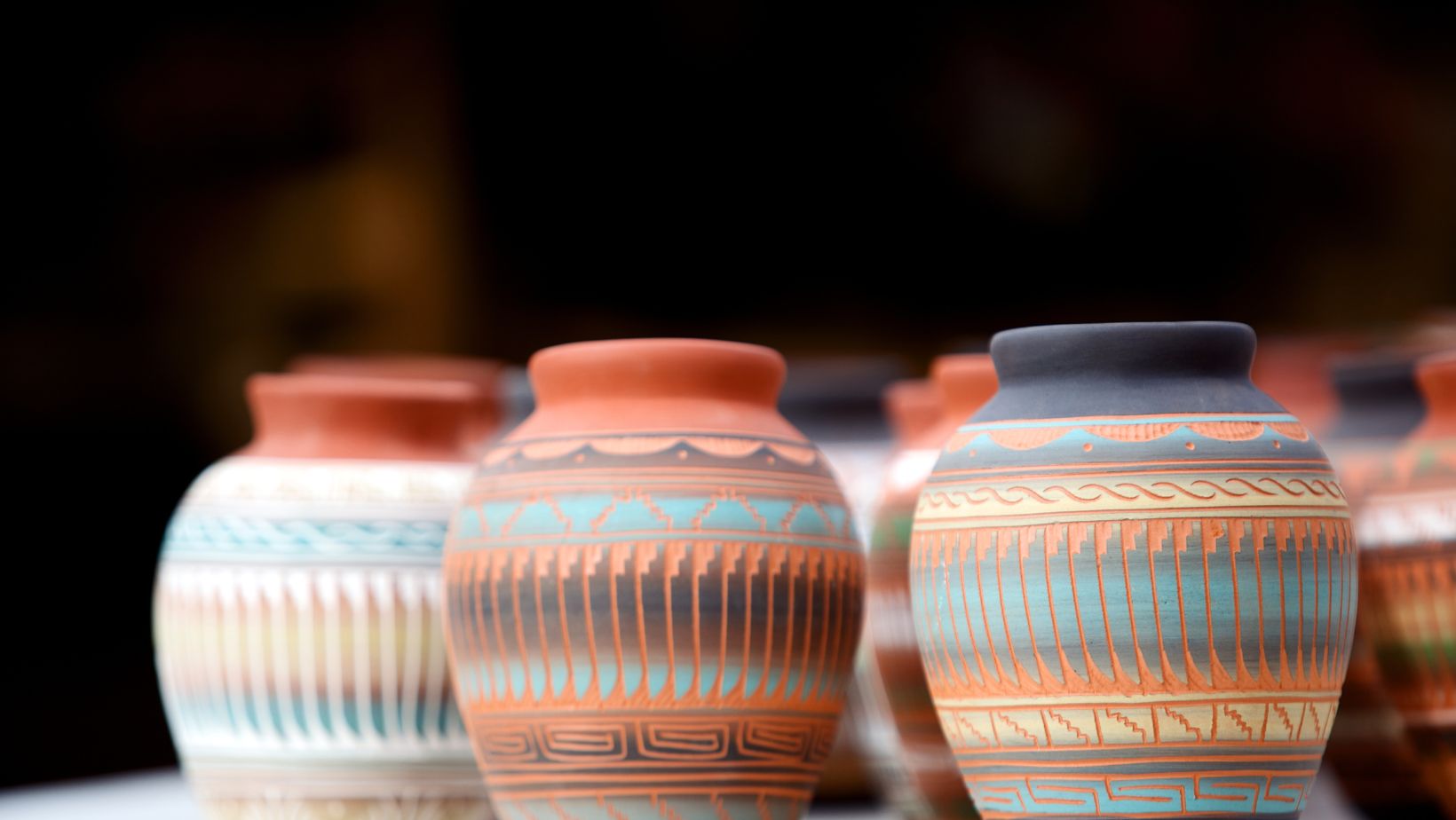
Mexico, a land of vibrant colors and rich traditions, is a treasure trove of artistic expression that spans centuries. From ancient indigenous crafts to contemporary masterpieces to spiritual journey, its art scene reflects a diverse cultural tapestry. The country’s unique blend of indigenous and European influences has given rise to a dynamic art landscape that captivates both locals and visitors alike.
In recent years, Mexico’s art scene has gained international recognition, attracting artists and collectors from around the world. The country’s thriving galleries, museums, and street art showcase a wide array of styles and mediums, offering something for every art enthusiast. Whether it’s the intricate murals of Diego Rivera or the modern installations of emerging artists, Mexico’s art continues to inspire and provoke thought.
As the world becomes more connected, Mexico’s art scene stands as a testament to the power of creativity in bridging cultures and fostering understanding. This vibrant artistic hub invites exploration and appreciation, promising unforgettable experiences for those who venture into its colorful realm.
Art:iau34npwhnc= Mexico
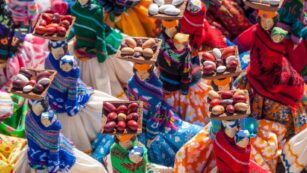 Art in Mexico embodies a fusion of tradition and innovation, reflecting its intricate history. Indigenous art forms like pottery and textiles feature prominently alongside European techniques. These combinations create a unique artistic identity, propelling Mexico’s art scene to the global stage.
Art in Mexico embodies a fusion of tradition and innovation, reflecting its intricate history. Indigenous art forms like pottery and textiles feature prominently alongside European techniques. These combinations create a unique artistic identity, propelling Mexico’s art scene to the global stage.
Prominent Art Forms
Murals dominate the Mexican art landscape. They often depict themes of social justice and cultural history, with artists like Diego Rivera and José Clemente Orozco leading this tradition. Street art adds vibrant expressions to urban spaces, challenging and redefining art boundaries.
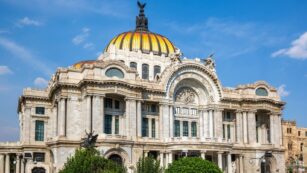 Contemporary Art Scene
Contemporary Art Scene
Current Mexican artists blend traditional elements with modern themes, achieving international acclaim. Notable figures include Gabriel Orozco and Frida Kahlo, whose works explore personal and collective identity. Their pieces often address global issues, bridging cultural gaps.
Cultural Significance
Art in Mexico serves as a cultural bridge. Museums and galleries in cities like Mexico City and Oaxaca showcase diverse exhibitions, fostering an understanding of Mexican history and current societal themes. These spaces attract both visitors and collectors, enriching the global art community.
Notable Artists
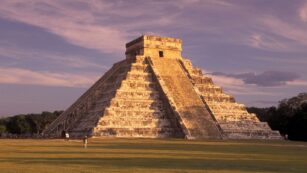 Mexican art boasts an impressive roster of influential artists who’ve left a lasting impact on both national and international stages. Diego Rivera stands out as a central figure, renowned for his powerful murals depicting social struggles and Mexican heritage. Frida Kahlo, celebrated for her emotive and surreal self-portraits, draws on personal experiences and indigenous culture. José Clemente Orozco, another muralist, captures themes of human suffering and social justice.
Mexican art boasts an impressive roster of influential artists who’ve left a lasting impact on both national and international stages. Diego Rivera stands out as a central figure, renowned for his powerful murals depicting social struggles and Mexican heritage. Frida Kahlo, celebrated for her emotive and surreal self-portraits, draws on personal experiences and indigenous culture. José Clemente Orozco, another muralist, captures themes of human suffering and social justice.
Rufino Tamayo, known for integrating European elements with Mexican themes, offers a fresh perspective through his vibrant works. David Alfaro Siqueiros, a pioneer in experimental techniques, delivers dynamic murals addressing political activism. Contemporary figures like Gabriel Orozco push artistic boundaries through installations that explore urban landscapes and natural forms.
This constellation of talent underscores Mexico’s artistic diversity and profound impact on global art movements.
Iconic Artworks
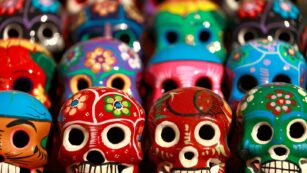 Mexican art features several iconic artworks that offer insight into the country’s rich cultural heritage and artistic evolution. Diego Rivera’s mural, “Man at the Crossroads,” exemplifies the Mexican Muralism movement. Initially commissioned for New York’s Rockefeller Center but later destroyed, a recreated version now resides in the Palacio de Bellas Artes in Mexico City. The mural captures the intersection of technological advancement and societal issues.
Mexican art features several iconic artworks that offer insight into the country’s rich cultural heritage and artistic evolution. Diego Rivera’s mural, “Man at the Crossroads,” exemplifies the Mexican Muralism movement. Initially commissioned for New York’s Rockefeller Center but later destroyed, a recreated version now resides in the Palacio de Bellas Artes in Mexico City. The mural captures the intersection of technological advancement and societal issues.
Frida Kahlo’s “The Two Fridas” stands as a symbolic self-portrait, reflecting her complex identity and personal struggles. Housed in the Museo de Arte Moderno in Mexico City, the painting employs dual imagery to explore themes of indigenous and European heritage.
José Clemente Orozco’s “The Epic of American Civilization,” located at Dartmouth College, consists of 24 panels that illustrate the trajectory of Western civilization. It juxtaposes ancient cultures with contemporary concerns, creating a narrative about cultural continuity and disruption.
Rufino Tamayo’s “Animal de Galaxia” melds cosmic imagery with vibrant color, showcasing his unique style that marries indigenous themes with Western influences. The painting exemplifies a harmonious fusion that characterizes much of Mexican art.
David Alfaro Siqueiros’ “Portrait of the Bourgeoisie” symbolizes anti-imperialist and anti-capitalist sentiments through striking, dramatic visuals. The mural resides in the Mexican Electricians Syndicate building and challenges traditional techniques with its dynamic compositions.
